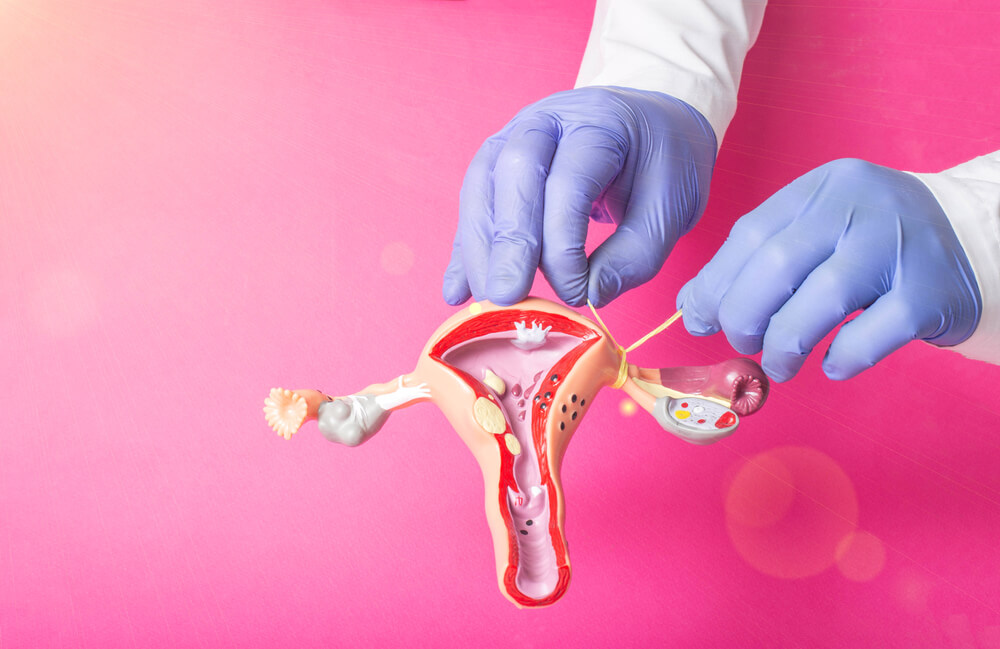Tubal ligation, commonly known as getting your “tubes tied,” is a surgical procedure that many individuals consider for permanent birth control. Find out about all the ins and outs of tubal ligation, covering the procedure, benefits, considerations, tubal legation recovery, and much more.
To make the decision to get tubes tied surgery takes a lot of consideration and time. Contraception specialists in Miami, Florida are the medical professionals who are best suited to give advice and guidance during this emotional and quite important process. In order to get to talk to some of the best experts in the U.S. contact OB/GYN Associates of Miami and ensure premium care and service.
What is Tubal Ligation?
Tubal ligation, as mentioned, is a surgical procedure aimed at providing permanent contraception for individuals seeking a reliable method to prevent pregnancy. During the procedure, the doctor either blocks, cuts or seals the fallopian tubes, which serve as the conduits for eggs because they need to pass from the ovaries to the uterus. By interrupting this pathway, tubal ligation prevents the meeting of sperm and egg, effectively eliminating the possibility of fertilization.
This method is considered highly effective, with a low failure rate. Tubal ligation is a choice made by individuals or couples who have decided not to have more children, offering a long-term solution for those seeking a hormone-free and irreversible approach to birth control. The specifics of the procedure, including the tubes tied surgery and the tubes tied procedure, may vary based on individual circumstances and the chosen method employed by the surgeon.
The Tubes Tied Surgery: A Detailed Overview
Typically conducted as an outpatient procedure, the tubal ligation surgery begins with small incisions in the abdominal area, allowing the surgeon access to the fallopian tubes. Various techniques may be employed during the tubes tied surgery, including cutting, blocking, or sealing the tubes. The choice of method depends on factors such as the patient’s health, medical history, and the surgeon’s expertise. The objective is to create a barrier in the fallopian tubes that interrupts the natural flow of eggs, rendering the individual permanently sterilized.
Despite being a routine procedure, the tubes tied surgery requires careful consideration and discussion between the patient and healthcare provider to ensure informed decision-making and optimal outcomes.
Benefits of Tubal Ligation
Although this procedure is irreversible, and we will address this issue in the following sections, here are ten most popular benefits of getting your tubes tied:
- Permanent Contraception: Tubal surgery, commonly referred to as tubal ligation, gives the person a permanent solution for individuals seeking long-term contraception by effectively preventing pregnancy.
- Highly Effective: Tubal surgery is known for its high efficacy in preventing pregnancy, with a low failure rate compared to other forms of birth control.
- Hormone-Free Option: Unlike hormonal contraceptives, tubal surgery does not involve the use of hormones, making it a suitable choice for individuals who may experience adverse effects from hormonal methods.
- Convenience: Once the fallopian tubes are sealed or cut, there is no need for ongoing maintenance or the daily administration of contraceptives, providing convenience and peace of mind.
- No Interruption of Sexual Spontaneity: Unlike barrier methods or certain hormonal contraceptives, tubal surgery does not require any specific actions before engaging in sexual activity, allowing for greater spontaneity.
- Reduced Menstrual Symptoms: Some individuals experience a decrease in menstrual symptoms after tubal surgery, as the procedure does not interfere with hormonal balance.
- Compatibility with Other Health Conditions: Tubal surgery is generally suitable for individuals with certain health conditions or contraindications to hormonal contraceptives.
- Supports Family Planning Goals: For individuals or couples who have completed their desired family size, tubal surgery aligns with family planning goals, providing a definitive and irreversible method of contraception.
- Long-Term Cost Savings: While the upfront cost of tubal surgery may be a consideration, it can be cost-effective in the long run compared to ongoing expenses associated with other contraceptive methods.
- Potential Reduction in Ovarian Cancer Risk: Different research suggests that this procedure might be connected with a reduced risk of ovarian cancer, contributing to long-term health benefits for individuals who choose this method.
Considerations Before Tubal Ligation
There are some considerations to have before deciding to undergo a surgery with such a definite outcome. Here are the most common ones:
- Irreversibility: Before opting for tubal ligation, individuals should carefully consider the irreversibility of the procedure. While there are surgical interventions to attempt to reverse tubal ligation, they are not always successful, and the decision to undergo the surgery should be made with a clear understanding of its permanent nature.
- Effectiveness and Timing: While tubal ligation is highly effective, it is not immediate. Individuals may need to use alternative forms of contraception for a brief period after the procedure until its effectiveness is confirmed. Additionally, it’s essential to consider the timing of tubal ligation in relation to life circumstances and future family planning goals.
- Medical and Surgical Risks: As with any other surgery, tubal ligation carries its risks. It is crucial to discuss potential complications, such as bleeding, infection, or other reactions to anesthesia, with the healthcare provider. Understanding these risks allows individuals to make informed decisions about their health.
- Personal and Emotional Factors: Consideration of personal and emotional factors is paramount. Individuals should reflect on their feelings about permanent contraception, discussing these emotions with their healthcare provider or seeking counseling if needed. Open communication with partners, if applicable, is also important in making a decision that aligns with the values and goals of all involved parties.

Tubes Tied Procedure: What to Expect
Before undergoing the tubes tied procedure, it is essential to have a thorough discussion with your healthcare provider. They will assess your overall health, discuss your reasons for choosing tubal ligation, and ensure that you are fully informed about the process and potential risks.
Tubal Ligation Recovery
After the tubes tied surgery, a crucial aspect is the tubal ligation recovery. Recovery times can vary, but most individuals can resume light activities within a few days. However, strenuous activities and heavy lifting may need to be avoided for a few weeks.
Potential Side Effects
As with any surgical procedure, there can be potential side effects during the tubal ligation recovery period. These may include mild pain or discomfort, bruising, or minor swelling around the incision sites. It’s essential to follow your healthcare provider’s instructions for a smooth recovery process.
Schedule a consultation!
In conclusion, tubal ligation is a permanent birth control option that offers many benefits for individuals or couples looking for a reliable contraceptive method. Understanding the tubes tied surgery, the tubes tied procedure, and the tubal ligation recovery process is crucial in making an informed decision about this significant life choice.
As with any medical decision, thorough consultation with healthcare professionals is recommended to ensure the best possible outcome for your individual circumstances. Our clinic and our team of experts are here for you at any time, so feel free to call us and schedule a consultation. This might be the most important step you take when it comes to tubal ligation, so make sure you make the right one.


